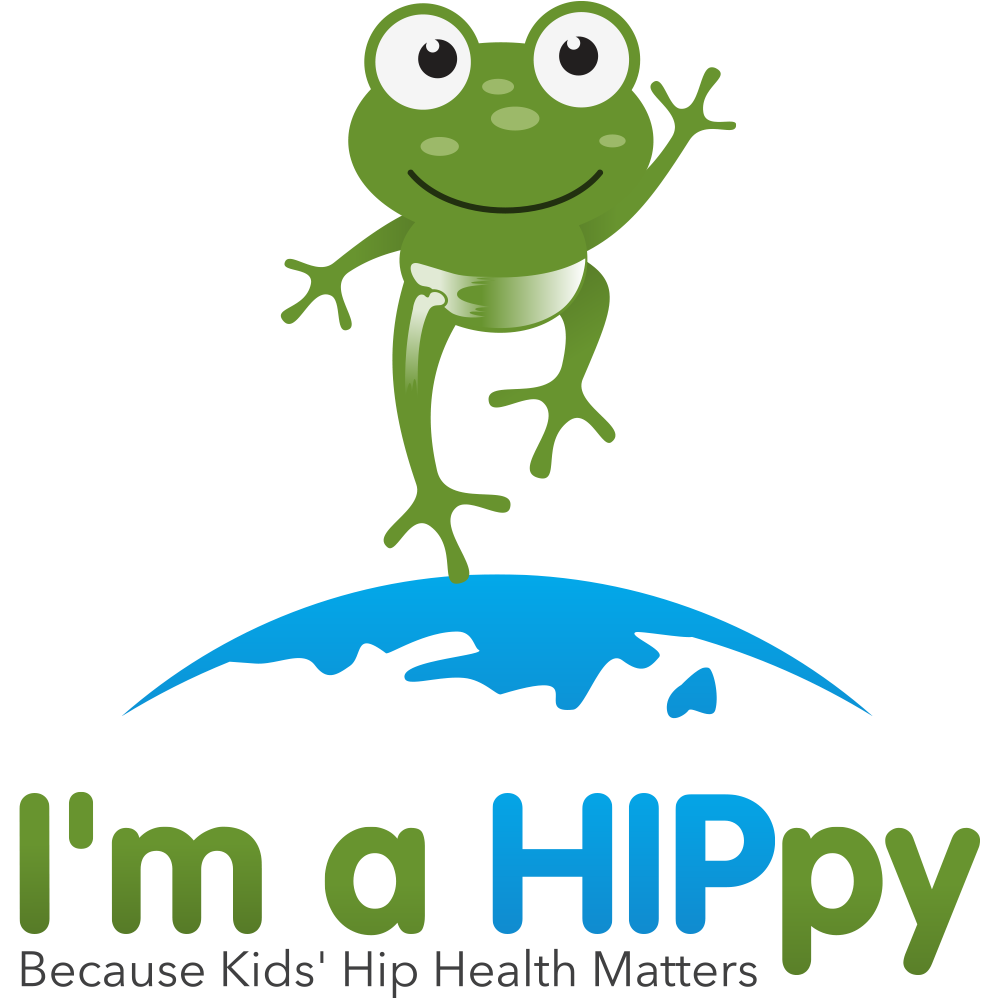
CEREBRAL PALSY (cp)
OVERVIEW
Cerebral Palsy (or CP) is a group of disorders which affect the development of movement and posture, and limit a child’s ability to be physically active. Children with CP often have secondary musculoskeletal conditions, notably: hip displacement, which occurs in about 1 in 3 children with CP. It is common for hip displacement to present at a young age, but can continue to progress until, or after they stop growing.
Children with cerebral palsy (CP) are at risk for hip displacement. Left untreated, displaced or dislocated hips may cause pain, decreased hip range of motion, decreased sitting, standing, or walking tolerance, and difficulty with personal care. Timely orthopaedic management is critical to those children identified through surveillance as having progressive displacement.
Cerebral palsy is a group of conditions with many causes. Children with a genetic anomaly, a chromosomal abnormality, or a metabolic condition can also be diagnosed with cerebral palsy. Children who may have cerebral palsy but who have not yet been given this diagnosis should get hip surveillance.
Cerebral palsy affects a child’s ability to move. When children are late to stand and walk or can only do so with help, the hip joint may not develop as expected. In addition, the muscles that pull the legs together and up are often tight or stiff and can pull the hip out of place. If you are not sure if your child is at risk for hip displacement, please consult with your child’s physiotherapist, family doctor, or pediatrician.
1 in 3
Children with Cerebral Palsy will have hip displacement.
In a healthy hip, the ball and socket fit together snugly. In children with CP, lack of weight-bearing and abnormal muscles forces may result in the ball moving out of the socket over time. When the ball is partially uncovered from the socket, this is called hip displacement. When the ball is completely out from under the socket, this is called a dislocated hip.
The risk of hip displacement in children with CP is related to a child’s motor function. Children with severe cases of CP, who are less mobile and less likely to put weight on their hip joint, are significantly more likely to experience hip displacement, occurring in up to 90% of such cases.
SYMPTOMS
With increasing hip displacement and dislocation, children may experience, pain, decreased mobility of the hip, poor sitting, standing or walking tolerance, disrupted sleep, and difficulty with personal care.
Degenerative arthritis may develop if deterioration occurs in the cartilage covering the femoral head.
TREATMENT
Treatment options depend on when hip displacement is diagnosed. The child may be treated with various surgical procedures, including Lengthening of the adductor muscles, Varus Derotation Osteotomy, or Pelvic Osteotomy. With increasing displacement, the complexity of surgery and the likelihood of complications increase.
In cases of severe displacement, salvage surgeries (where the femoral head is removed or replaced) may be necessary as a last resort.
In order to avoid the need for salvage procedures, hip surveillance is essential for children with CP.
In recent years, heightened awareness of Hip Displacement in children with CP and the establishment of the Child Health BC Hip Surveillance Program has greatly reduced the number of salvage surgeries in BC.
WHAT IS HIP SURVEILLANCE?
Hip surveillance is a plan for regular check-ups to watch for signs that your child’s hip may be moving out of joint.
Hip Surveillance includes clinical exams by your child’s physiotherapist and hip x-rays at regularly scheduled times. Hip x-rays are done to view the hip joint because hip displacement can occur without any signs or symptoms. Taking part in Hip Surveillance allows your child’s health care team to find hip displacement early and help your child before the hip becomes dislocated. If your child’s health care team finds signs of hip displacement, they can refer your child to a pediatric orthopaedic surgeon (bone doctor for children) for treatment to prevent hip dislocation. The Child Health BC Hip Surveillance Program for Children with Cerebral Palsy is supported by an orthopaedic doctor and physiotherapist at BC Children’s Hospital who work together with your local healthcare team.









